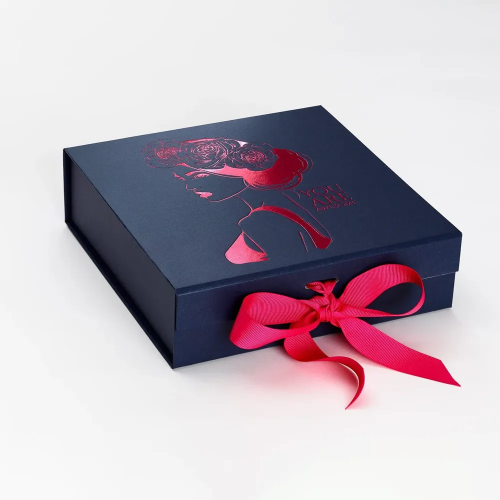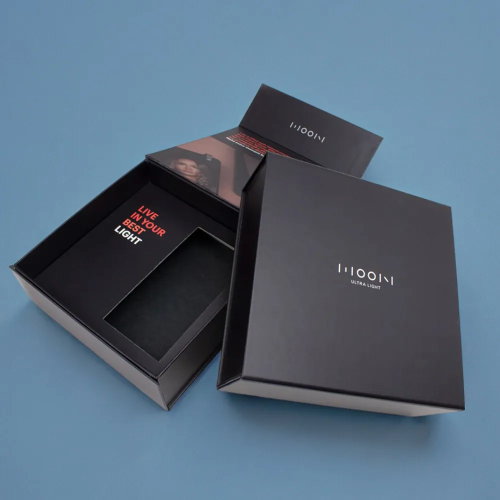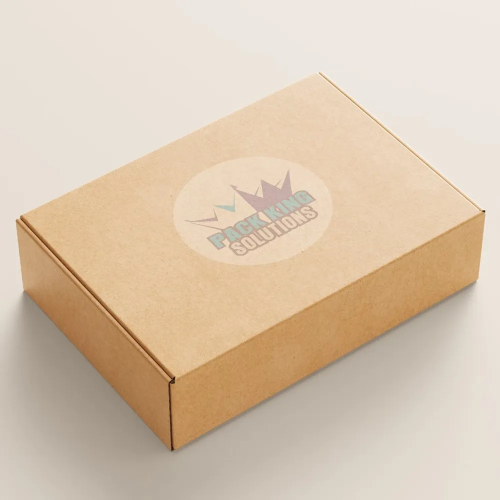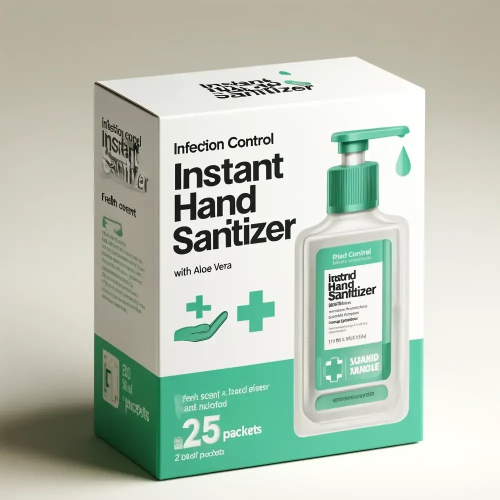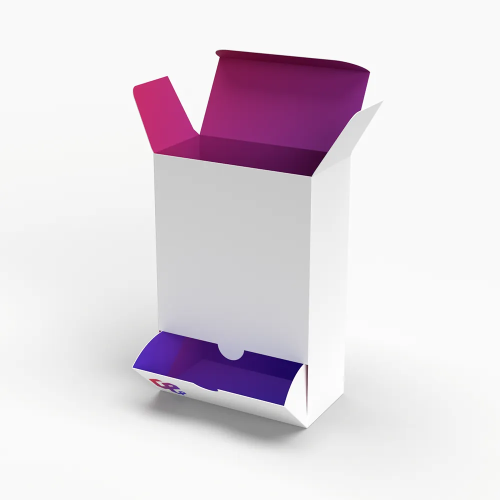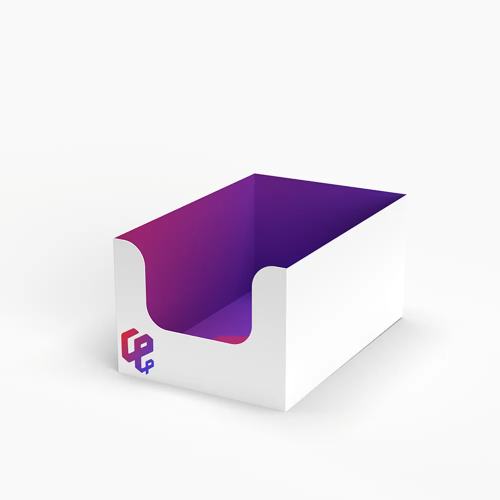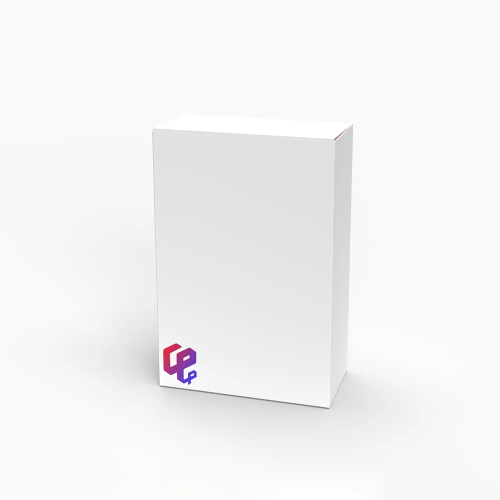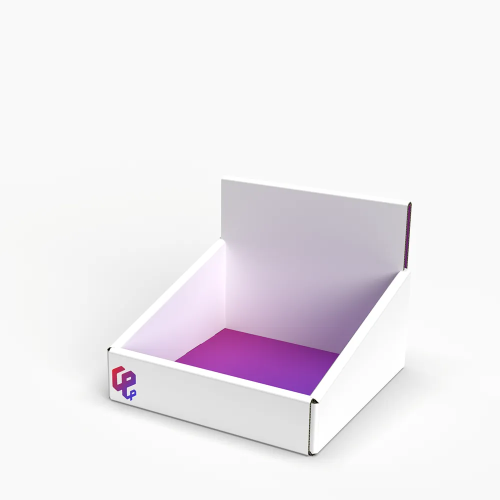Custom Packaging Keeps Content Safe for Longer Usage
March 27, 2024
Packaging has significantly transformed contemporary business strategies, surpassing its conventional function of ordinary product containment. Companies progressively acknowledge Custom Packaging and its importance as a potent instrument for brand differentiation, consumer engagement, and environmental sustainability in the fiercely competitive marketplace. Fundamental to this field are packaging solutions that come customised to suit the specific requirements and inclinations of a particular brand and product. By adopting this strategy, organisations can dispense with standard, one-size-fits-all packaging alternatives and design packaging that specifically appeals to their intended demographic. It can strengthen brand identity, which is among the most persuasive arguments favor investing in it.
Add Friendly Elements in Modifying Custom Packaging
In an era where consumers prioritise sustainability, Eco-friendly packaging can serve as a powerful differentiator and contribute to creating a positive brand image. Thus, the brand establishes a silent ambassadorship by integrating logos, colours, typefaces, and imagery that align with its identity. Also, maintaining consistency throughout all contact points grows brand awareness and cultivates a more profound rapport with clientele. Custom Packaging provides an opportunity for companies to develop unforgettable unboxing experiences. Unboxing photos and videos have become a phenomenon in the era of social media, with consumers enthusiastically sharing their experiences online. Organisations can leverage this trend and generate user-generated content by crafting packaging that elicits astonishment and delight.
Custom Packaging Will Endure a Useful Product Impact
Packaging enables businesses to reduce their environmental impact, address sustainability concerns, and provide branding benefits. As consumer awareness of environmental issues increases, there is a growing trend towards the preference for Eco-friendly products and Custom Packaging. Packaging is a concrete manifestation of their personality, values, and narrative. Businesses can attract environmentally conscious consumers and showcase their dedication to sustainability by selecting renewable, biodegradable, and recyclable materials. Additionally, it facilitates the optimisation of packaging dimensions and configurations, thereby reducing carbon emissions, material waste, and shipping expenses. In addition to being aesthetically pleasing, packaging must effectively protect the enclosed product throughout transportation and storage.
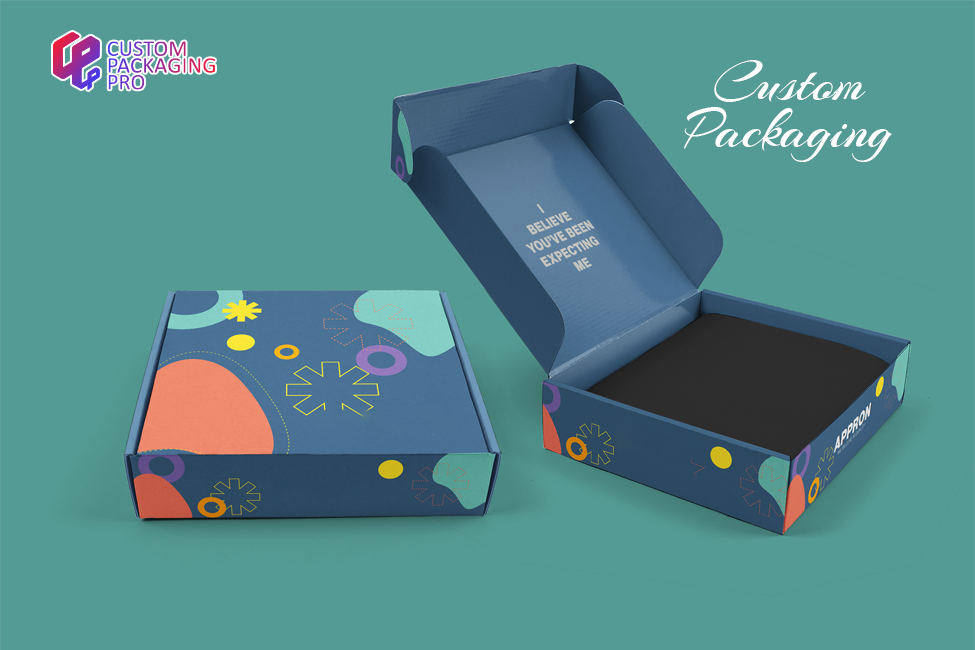
Attain Fine Decorative Corners with Candle Packaging
Beyond being a mere container for a product, packaging initiates an experience in the instant a consumer sees it. In the current highly competitive and diverse marketplace, the significance of packaging cannot be overstated, as Candle Packaging attracts interest and communicates their fundamental nature. Every facet of it, including the selection of materials, design components, and finishing details. They play a role in influencing consumer perceptions and motivating buying behaviour. To begin with, the selection of materials establishes the overall atmosphere. Increasing consumer environmental consciousness has propelled sustainable packaging to the forefront of fashion. Biodegradable materials, recycled paper, and cardboard are becoming increasingly popular as environmentally conscious substitutes for conventional plastics.
Candle Packaging Helps to Establish Interest for Branding
Boxes may be customised and designed to reflect the aesthetic and values of the brand. The material selection impacts not only the sustainability aspect but also the functionality and aesthetics of the object. While offering sufficient space for branding and design elements, sturdy cardboard cartons protect during transport and storage. By enabling consumers to observe the colour and texture of the candle, clear acetate Candle Packaging and jars provide an enticing visual preview of the product. The unboxing experience is enhanced by using abundant materials such as velvet purses and satin wraps, imparting sophistication and refinement consistent with high-end candle brands. The role of design is crucial in attracting attention and conveying their identity.
Attain Gentle Appeal and Texture Using Candle Packaging
Visually appealing graphics, unique logos, and unified colour schemes contribute to their immediate identification on store shelves. The design should appeal to the intended demographic and elicit the atmosphere and ambiance linked to their aroma, regardless of whether Candle Packaging is whimsical and vibrant and simplistic and contemporary. An example of product packaging would be a calming lavender-scented candle featuring floral motifs and gentle pastel hues. On the other hand, a festive holiday candle could be wrapped with vibrant colours and celebratory imagery. Additionally, typography is an essential component of its design. Elegant scripts emanate an aura of luxury and refinement, whereas lighthearted sans-serifs convey a more relaxed and accessible ambiance.
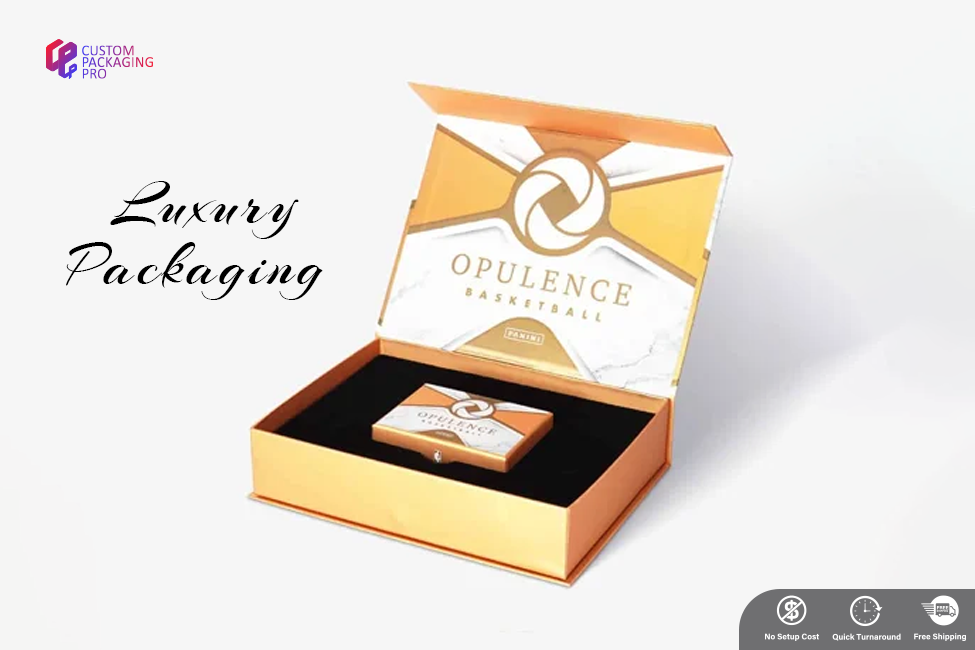
Luxury Packaging Builds Impression to Enhance Desirability
Packaging transcends its functional purpose of enclosing a product and is an artistic expression of sophistication and prestige. Given the significance of initial impressions, it is the primary point of contact between an esteemed brand and its astute clientele. Luxury Packaging is not sufficient to merely safeguard the contents; instead, it is essential to enhance their desirability. Fundamentally, it exemplifies scrupulous artistry and a keen focus on minutiae. Each element, ranging from the selection of materials to the final details, has been meticulously curated to emanate an aura of exclusivity and refinement. When designing opulent packaging, superior materials such as fine paper, premium cardstock, exquisite fabrics, and even metals are frequently utilised.
Add Excessive Identity and Images in Luxury Packaging
A sense of indulgence may be elicited by the tactile sensation of running fingertips across soft-touch finishes and embossed logos. Similarly, hues, intricate patterns, and designs can enthrall the senses and impart an enduring impact. Beyond being a simple container for the product, Luxury Packaging is an artistic creation designed to be held in high regard and appreciated. It comes infused with cutting-edge design components that elevate it to the status of functional art. Innovative mechanisms and concealed compartments, in addition to forms and structures. They contribute to the element of surprise and pleasure experienced by the consumer. The act of unveiling an exquisitely wrapped item becomes a momentous occasion, augmenting the sense of expectation and fine-tuning the overall brand encounter.
Luxury Packaging Maintains a Smooth Chain for High Sales
Sustainability, alongside aesthetics and functionality, has emerged as a progressively significant facet of packaging in recent times. With the increasing environmental awareness of consumers, there is a growing expectation for brands to incorporate sustainable practices into every stage of the Luxury Packaging supply chain. Also, in response, luxury brands have adopted environmentally friendly materials. They include plant-based pigments, recycled paper, and biodegradable plastics without sacrificing aesthetics and quality. By demonstrating alignment with sustainability values, the brand attracts consumers. Thus, they prioritise ethical considerations and strengthen their dedication to social responsibility. Customisation is of utmost importance in this context. So, it enables brands to establish an atmosphere of exclusivity and individualisation for their customers.
